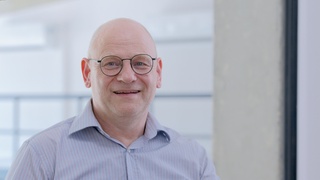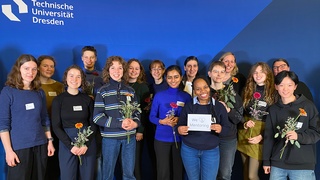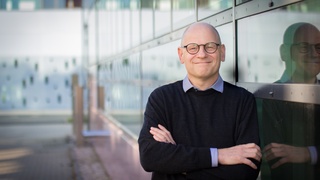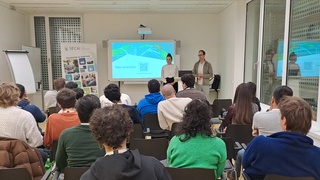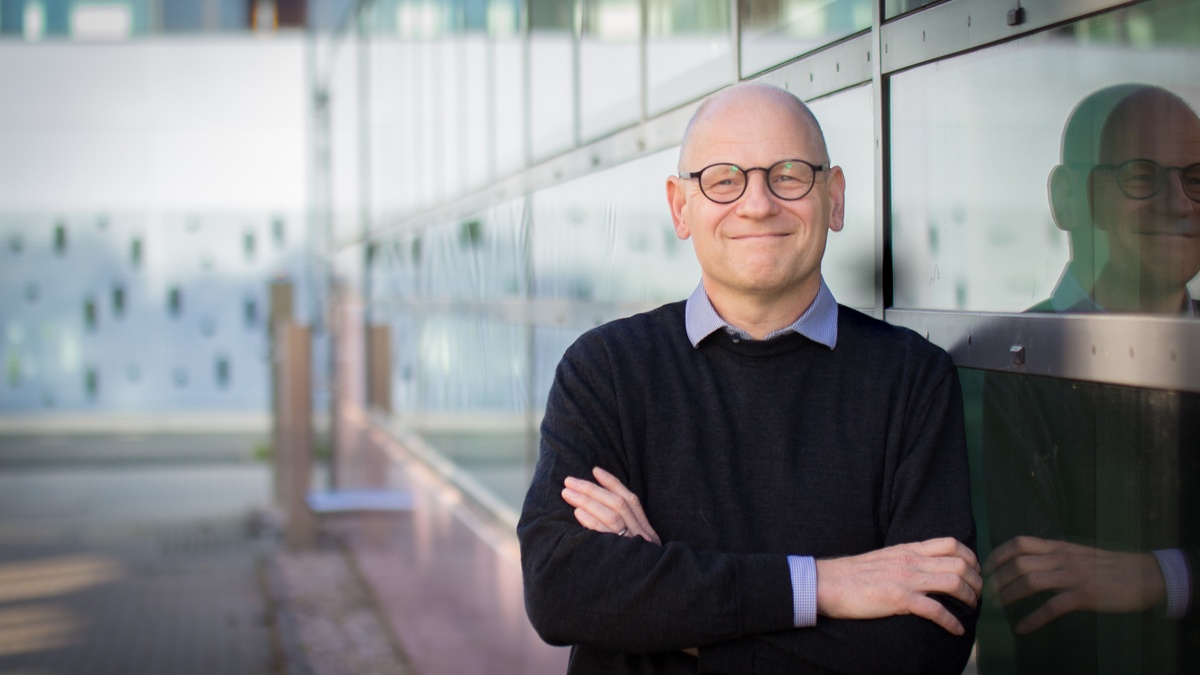 © Maik Simon
© Maik Simon
January 17, 2024
SECAI Fellow Among the World's Most Cited Scientists
In the end of 2023, 6,849 researchers have earned a place on the list of Highly Cited Researchers (HCR), identifying them as the world’s most influential researchers based on citation numbers. Among the 336 researchers working in Germany is SECAI Fellow Thomas Mikolajick.
The Clarivate Analytics ranking lists scientists who have been involved in several of the most cited publications in their field over the past decade. This includes the publications that are among the 1% most cited publications per subject area and year. The evaluation is based on the Science Citation Index Expanded and the Social Sciences Citation Index. Last year’s Highly Cited Researchers covers the decade from 2012 to 2022 and lists around 188,500 publications. In addition to being an individual award for the researchers, the result is equally an expression of the performance strength of their teams.
The highly cited publications that put Thomas Mikolajick on the list originate from the fact that the effect of ferroelectricity in hafnium oxide discovered by a doctoral student at Qimonda was promoted at NaMLab GmbH under his leadership. After Qimonda's insolvency, Mikolajick and his Team were the first to publish papers in this field. In the last four to five years, they also increasingly used ferroelectric hafnium oxide to realise in-memory computing concepts such as those used in AI, including concepts inspired by synapses and neurons for neuromorphic systems.
About Thomas Mikolajick
Since 2009 Prof Mikolajick has been Chair of Nanoelectronics and scientific director of the TUD subsidiary NaMLab GmbH. The Chair focuses on atomic layer processing and novel components using 2D materials. NaMLab explores materials for electronic components. Among the research paths of the last few years, he investigated ferroelectricity in hafnium oxide and reconfigurable components based on nanowires. He is the (co-)author of more than 500 publications (current h-index of 89 according to Google Scholar) and (co-)inventor in more than 50 patent families.
[Excerpts from TU Dresden press release; Eleven TU Dresden researchers amongst the most cited worldwide]
